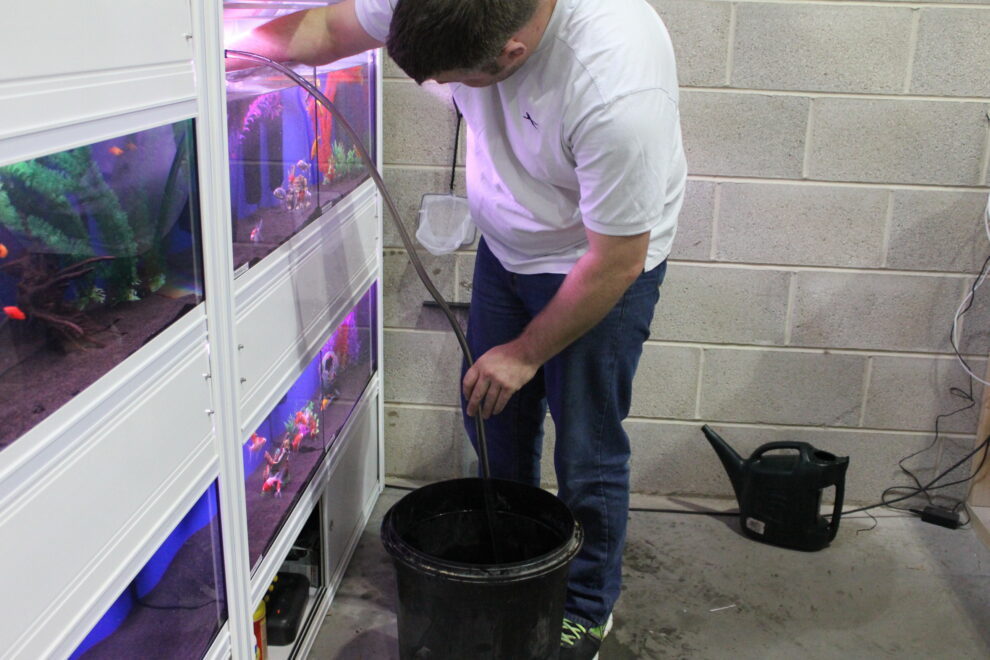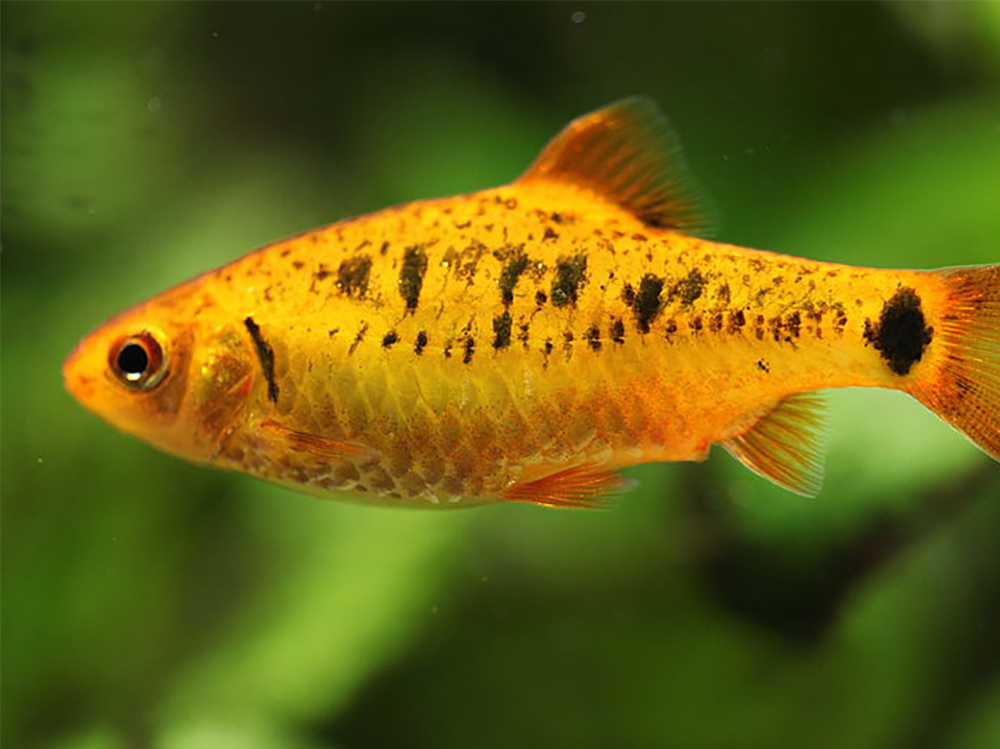How to do a Partial Water Change in a Fish Tank?
“Do a partial water change,” those are the words you’ll hear often as a fishkeeper but what does that mean and why and how can it help your situation?
When we’re dealing with ponds and aquariums we’re talking about closed bodies of water. In nature, pollution is diluted or washed away but in small, closed bodies of water like our tanks and ponds, waste builds up. Everything that goes in must also come out so if you imagine the quantity of fish food that you feed every day, sooner or later that will need to be removed from the system in the form of physical fish waste and detritus or dissolved in the water as nutrients.
As good as the water was when you put it in the tank, it also degrades over time. Biological processes are acidic so pH and KH can drop. Nitrate and Phosphate will increase however and over time tanks can even develop old tank syndrome, where pH gets so low that filters stop working as they should and that combined with very high nitrate levels can shock and kill newly introduced fish, yet the ones already in there have slowly acclimatised to it and made do over time.
Partial water changes reset pH, KH and mineral levels while also lowering nitrate and phosphate levels. It replaces old, tired water with good, freshwater and partial water changes are prescribed to keep almost every tank and pond healthy.
How to do a partial water change
To do a partial water change you will need a siphon tube and a bucket. Ideally use a siphon tube with gravel cleaner attached which will hoover the gravel, removing dirt, at the same time as removing some tank water. Choose a model with a self-priming device so that you don’t need to suck the pipe to get it started, and powered models are also available.
Algae-wipe the fish tank first. Then turn filters and heaters off and start to siphon the water into a bucket on the floor. You may need some towels to mop up any drips and splashes. Remove up to 25% of the tank water which, if you have the right-sized gravel vac, should enable you to hoover the gravel at the same time too.
With the dirty buckets of water open up your filter, remove the dirty sponges and clean them vigorously in the old tank water to remove the majority of the dirt. Then place them back into the filter. Your bucket of water will now contain very dirty water but it's perfect for watering plants and they use that fish waste as fertiliser so don’t let it go to waste. Use it to water houseplants and any garden plants.
Take your empty bucket to the sink and start to fill it with cold tapwater. Mix some hot tapwater into it to bring it to the same temperature as the tank or use water from the kettle. Check the temperature with a thermometer and add enough liquid dechlorinator (tapsafe) to treat the new water in the bucket. An average-sized bucket typically holds ten litres of water. Swirl the water around by hand, give it a few seconds, and then pour the new water into the tank. Repeat the process until the tank is full again, then switch the heater and filter back on. Partial water-change done!

How to do a partial water change with RO water
When using reverse osmosis water you don’t want to use any tapwater, as the tapwater contains the very things you are trying to remove. Neat RO water however doesn’t contain any minerals or buffers so it needs to be remineralized to make it ready for use in freshwater aquariums. Use a heater/thermostat to bring the RO water to the right temperature (which may take hours.) Add mineral buffers as directed and then pour the new water into the tank as before. No liquid dechlorinator is necessary.
How frequently should you change water?
If you follow the steps above there is no limit to how often you can conduct partial water changes. Most fishkeepers change some water at least every two weeks, but fanatical fishkeepers may routinely change water every week, and some professional fish breeders will do partial water changes every day.
The reason that most people change the water is to remove dirt at the same time while gravel vacuuming, and cleaning the tank. You can monitor nitrate levels using a test kit and change water regularly to control nitrate build-up, but regular water changes help in other ways listed above, including replenishing minerals, buffering pH and helping to control algae, as well as washing away phenols, tannins, metabolites and pheromones.
Shopping list
- Syphon tube
- Bucket
- Towel
- Thermometer
- Tapsafe
Swell UK stock a selection of recommended equipment useful for performing necessary water changes. It is strongly advised to use a suitable Tap Safe treatment to condition your water prior to introducing it into your aquarium set-up. Additional equipment can also be purchased via our Aquarium page.









